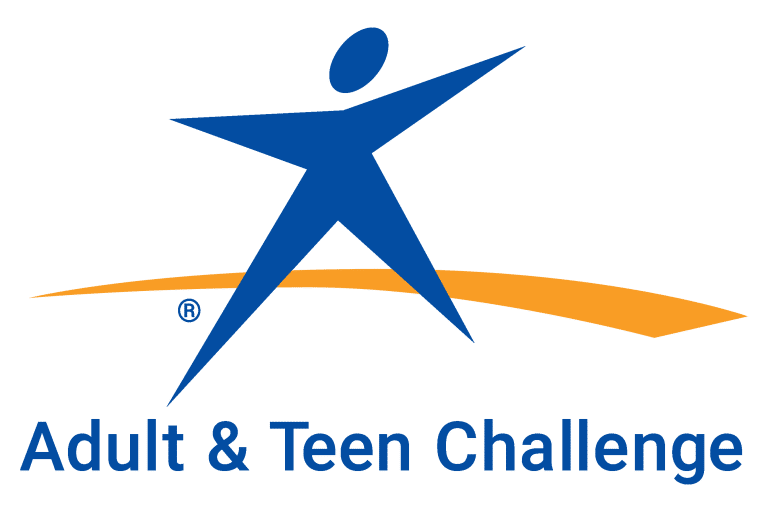What’s the two most important words in the Fundraiser’s vocabulary? Thank You! We all love to be thanked, we want to feel that whatever we’ve done is appreciated.
Most nonprofits have a horrible retention rate. To figure your retention rate
- How many unique donors did you have in 2013? Count each donor only once even if they made more than one gift in 2013.
- identify and count those 2011 donors who gave again in 2014.
- Take your answer to #2 and divide by your answer to #1. For example, if you had 1,000 donors in 2013 and of those donors, 750 renewed their gift in 2014, 750/1000 =.75. You would have a 75% renewal rate (and you’d be doing a mighty fine job, I would say).
It just seems to be difficult for most of us to get people to give the second gift and to continue giving. Once you see your retention rate you can decide if changes need to be made. I believe a Vigorous Gratitude Program (VGP) is the most important strategy to increase donor retention.
I’m sure some are already saying, “We don’t have the resources, money or time, to devote to a VGP. But you can’t afford not to. Just a 10% increase in donor retention will result in a significant increase in your bottom line. But also a transformation needs to take place. Donors need to be thought of as humans, not checkbooks. We show other humans that we love and appreciate them. Checkbooks, well, we like to use them when we need them. Start the process to show your donors that they are the heroes of your ministry — without them students wouldn’t be in your center for God to change their lives.
You’ve heard it before — what to do for your Acknowledgement/Receipt Letter.
- Send your acknowledgement letter within 48 hours of receiving the gift.
- Use the donors name, spelled correctly, not dear friend.
- Begin with a innovative sentence to intrigue the donor.
- Make it personal, and warm
- Have a high-ranking person personally sign the letter with a note.
- Give contact information in case the donor has a question.
That’s the very minimum that should be done to thank a donor. That doesn’t qualify for VGP, that’s just the basics of what is expected. Now let’s move it up a notch. Send more than one Thank You!
Select a few of the ideas from the following list, assign some staff to the tasks and you will begin your Vigorous Gratitude Program.
- A phone call, leave a warm voice mail if you don’t reach them, it’s almost as good. No ask, just thanks.
- A hand written note.
- An email, thank them, but no ask. You can always add a link to a short testimony too.
- Send a newspaper clipping about your program or drug abuse, with a little note thanking them again. This is a great one to do often.
- Handwritten note from CEO or a board member
- A photo of a student with a sign that says “Thank you, name of donor”
- An email with a video link showing area of support.
- A note from a student thanking donor for gift. (Some centers have students write notes weekly.
- A Thank you text message.
- Any kind of message that will surprise the donor — and it can be done multiple times after the gift.
You can’t thank your donors too much. Keep the thank yous varied and don’t let them sound canned. It doesn’t mean that you have to have 10 different Thank Yous for every month. Just start adding one or two and keep records of what you are sending to whom.





